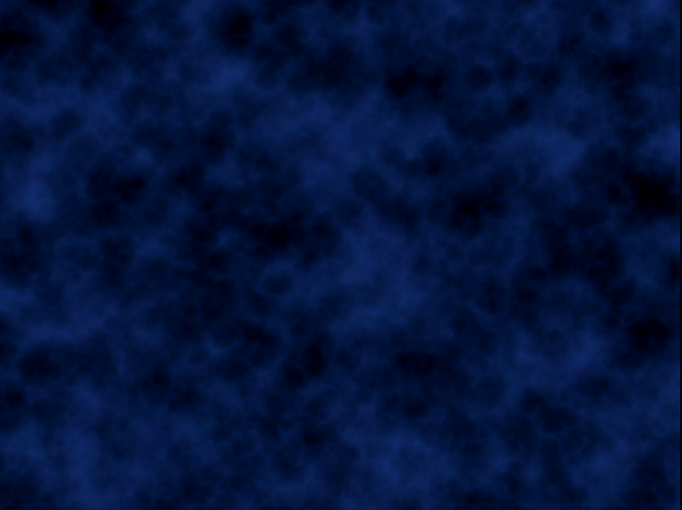
Sept. 21, 2016
Research Highlight
Out of the Darkness

Simulation of the “Dark Ages” of the universe, a period predicted by theorists to have lasted as long as several hundred million years after the Big Bang. The first hydrogen atoms in the universe had not yet coalesced into stars and galaxies. (NASA/WMAP)
Before there were galaxies with stars and exoplanets, there were galaxies with stars and no planets. Before there were galaxies without planets, there were massive singular stars.
And before that, there was darkness for more than 100 million years after the Big Bang — a cosmos without much, or at times any, light.
So how did the lights get turned on, setting the stage for all that followed? Scientists have many theories but so far only limited data.
In the coming years, that is likely to change substantially.
First, the James Webb Space Telescope (JWST), scheduled to launch in 2018, will be able to look back at distant galaxies and stars that existed in small or limited numbers during the so called Dark Ages. They gradually became more prevalent and then suddenly (in astronomical terms) became common. Called the epoch of cosmic “reionization,” this period is an essential turning point in the evolution of the cosmos.
Less well known but also about to begin, pioneering work into how and when the lights came on will be an international consortium led by a team at the University of California, Berkeley. Unlike the space-based JWST, this effort will use an array of radio telescopes under construction in the South African desert. The currently small array will expand quickly now thanks in large part to a $9.6 million grant recently announced from the National Science Foundation.
Named the Hydrogen Epoch of Reionization Array (HERA), the project will focus especially on the billion-year process that changed the fundamental particle physics of the universe to allow stars, galaxies, and their light to burst out like spring flowers after a long winter. But unlike the JWST, which will be able to observe faint and very early individual galaxies and stars, HERA will be exploring the early universe as a near whole.